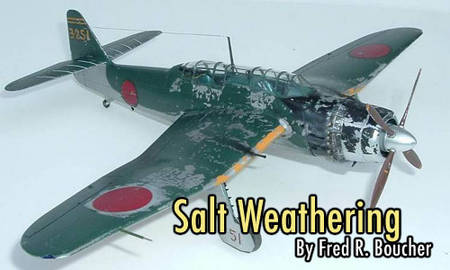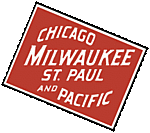Hello Everyone,
Thank you for your encouragement! I am sure you will all find this a good thing to try.
Scott, spit-shining!?! I love it!
Quoted Text
One question your article brings up. You say its important to wash the surface before applying Klear for decaling. I use mainly acrylic paint nowdays.Do you run the risk of washing the paint off by doing this, and if so,how do you get around this?
Nige
Nige, you bring up something I did not think to mention. The first P-40 and the Ki-44 Tojo are painted with enamels. The Grace is primed with acrylic aluminum of my beloved
Polly Scale, but the rest were primed with enamel silvers of various brands. Their exterior paints are all acrylic,
Polly Scale,
Aero Master and old
Pactra.
The
Polly Scale dries rock hard, quickly (in fact, the Buffalo was painted green, chipped, tape-masked and painted black, re-chipped and rinsed within 3 hours; the Ki-84 Frank was painted and allowed to cure a day, and I was not able to scratch any of the Polly Scale off!) I have soaked my models painted with
Polly Scale in water to soften liquid masks for removal--no problem.
However,
Pactra reacts differently. Soaking, even heavy rinsing, my models painted with
Pactra in water causes the paint to blister--scores of little blisters. I first found this on a RAF F-4K I am building. Thinking it was ruined, I left in disgust. Returning the next day, the water had evaporated and the paint was smooth again! The green on the Buffalo is
Pactra, the yellow is
Polly Scale. Just washing the salt off caused the
Pactra to blister. By the next morning it was fine.
So, I have had no problem with washing or soaking off my acrylic paints
in water. Bio-degradable
Simple Green removes these acrylics quickly. So do some window cleaners. In fact, I am considering reworking the Frank's chipping by removing the Future with ammonia (which does not hurt the paint) and attacking the Polly Scale with Simple Green. Stay tuned!














 I definitely want to give this technique a try!
I definitely want to give this technique a try! 

















